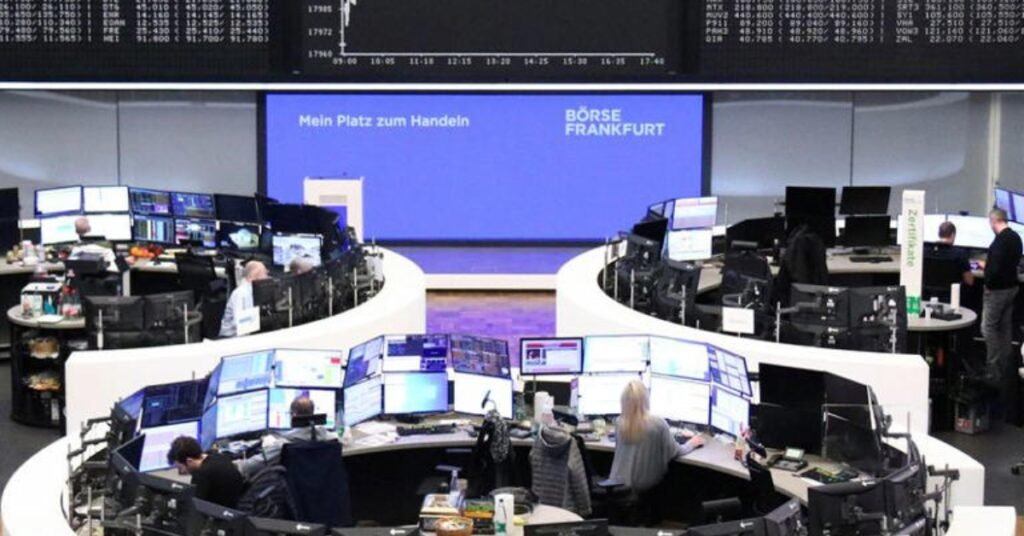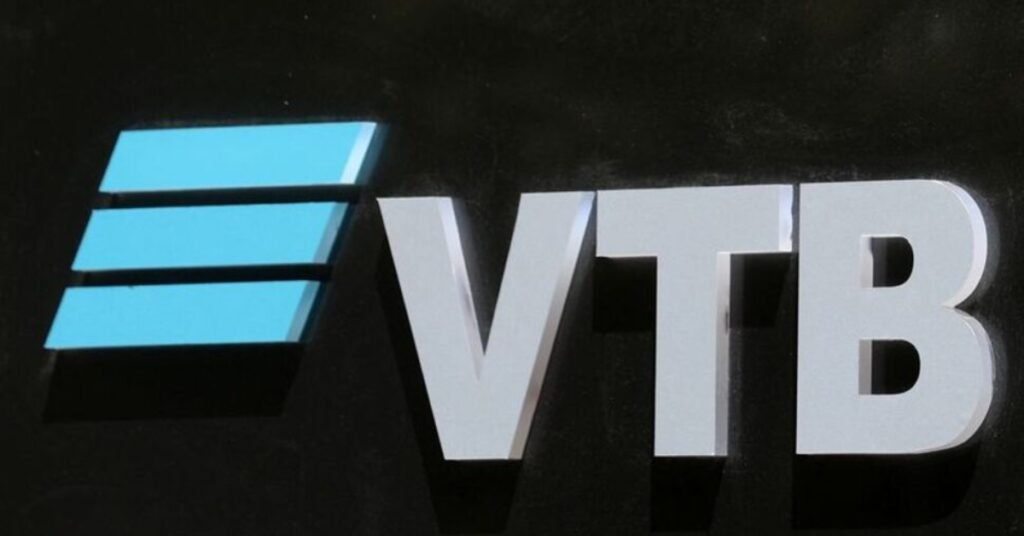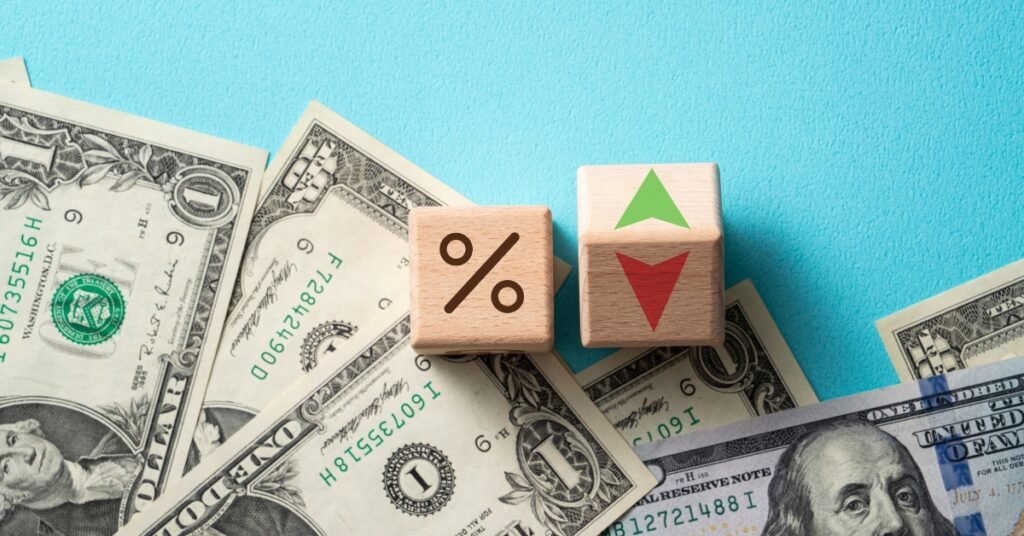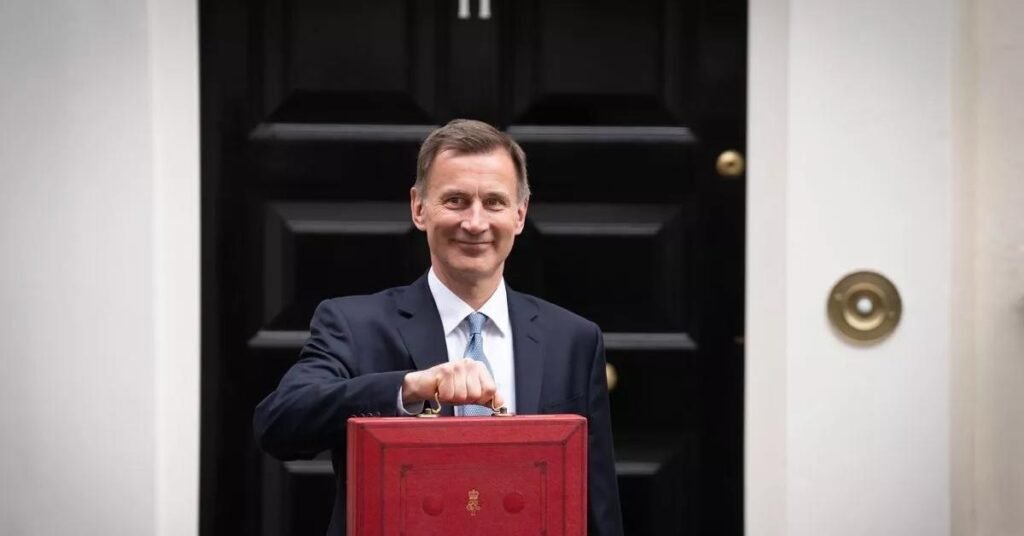Europe’s luxury brands shined bright at the Paris Fashion Week. However, their glow dims in the stock market amidst economic challenges.
Table of Contents
A Rocky 2023 for the Luxury Sector
After beginning the year on a hopeful note, anticipating a surge in Chinese sales post three consecutive years of lockdowns, and with the U.S. post-pandemic spending spree persisting, the European luxury market has hit turbulence.
The STOXX Europe Luxury 10 index recently marked its most significant quarterly drop since 2020, erasing approximately $175 billion from the value of these stocks.
This downturn can be attributed to many factors: China’s inconsistent recovery and decelerating growth and the U.S. grappling with inflation and climbing interest rates, compelling consumers to rethink their spending habits.
Bernard Ahkong from UBS O’Connor Global Multi-Strategy Alpha noted, “The sector has de-rated sharply in the last 2-3 months…”
While the luxury “Big 10” index has shown a 20% annual increase, its third-quarter performance, compared to the STOXX 600’s 2.5% decline, was its poorest on record.
Experts like Peter Garnry from Saxo Bank underline luxury consumption’s uncertainty across key markets like the U.S., Europe, and China.
The Luxury Gap Deepens
Despite the decrease in luxury valuations, they remain significantly higher than the broader market.
For instance, LVMH’s 12-month forward price-to-earnings ratio hovers around 21, starkly contrasting the 12 for the STOXX 600, as revealed by LSEG data.
A testament to the shifting dynamics, Novo Nordisk, a Danish pharmaceutical company, recently outperformed LVMH to become Europe’s most valuable listed company.
This shift has been attributed to waning investor interest in luxury stocks and the ascent of Novo’s anti-obesity drug, Wegovy.
Several major banks and institutions, like UBS, Morgan Stanley, and Bank of America, have expressed their apprehensions regarding the luxury sector’s future, citing factors like declining Chinese consumption and reduced post-pandemic spending in the U.S. and Europe.
Awaiting a Turnaround?
Although the consensus seems bleak, some market experts hold a more optimistic long-term view.
Bernstein analysts believe the recent market correction is an overreaction, emphasizing that companies like LVMH are in a strong position given their strategic decisions on marketing and pricing.
Gilles Guibout from AXA Investment Managers expressed a similar sentiment, stating that while the luxury sector appeared overvalued earlier in the year, its current valuation is more attractive.
However, he remains cautious, awaiting upcoming quarterly results as potential industry trajectory indicators.
Summary
In summary, as Europe’s top luxury brands brace themselves for their quarterly sales reports, starting with LVMH on October 10, investors and analysts alike are keenly observing.
With economic challenges arising in critical markets, the luxury sector’s resilience and adaptability will be tested in the coming months.
Get our best stuff sent straight to you! Join our WhatsApp Channel.






